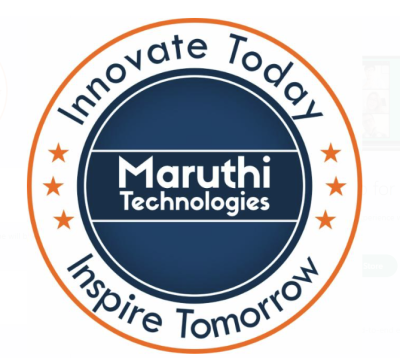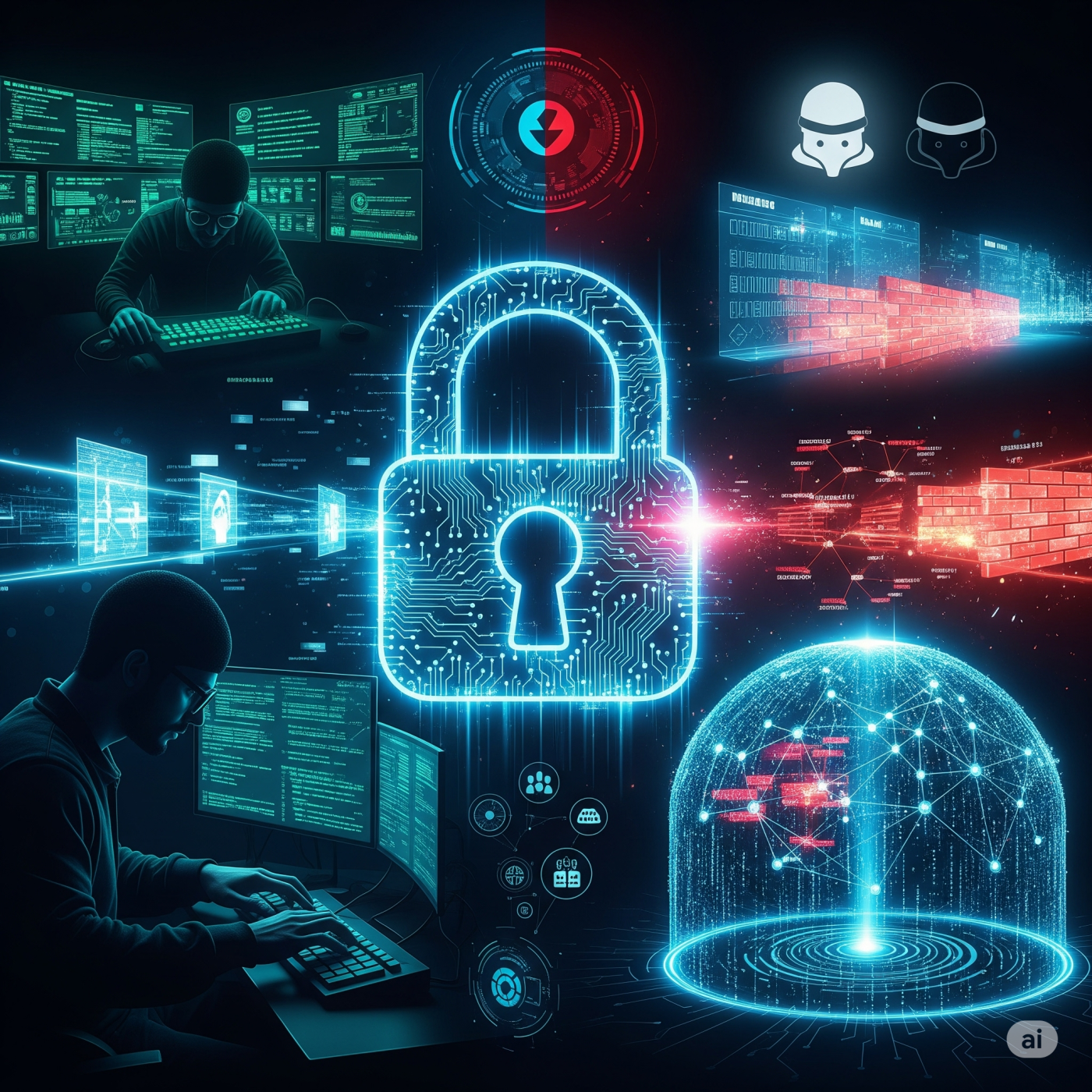Cyber Security & Ethical Hacking – 40 Sessions Plan
0
 English
English
 Non-Certificate Course
Non-Certificate Course
 0
Students
0
Students
 22-Aug-25 07:00 am
22-Aug-25 07:00 am
22-Aug-25 07:00 am
22-Aug-25 07:00 am
22-Aug-25 07:00 am
22-Aug-25 07:00 am


 Maruthi Instructor
Maruthi Instructor

 11 Students
11 Students
 10 Courses
10 Courses
 1 review
1 review

 Buy Now
Buy Now Inquiry
Inquiry








